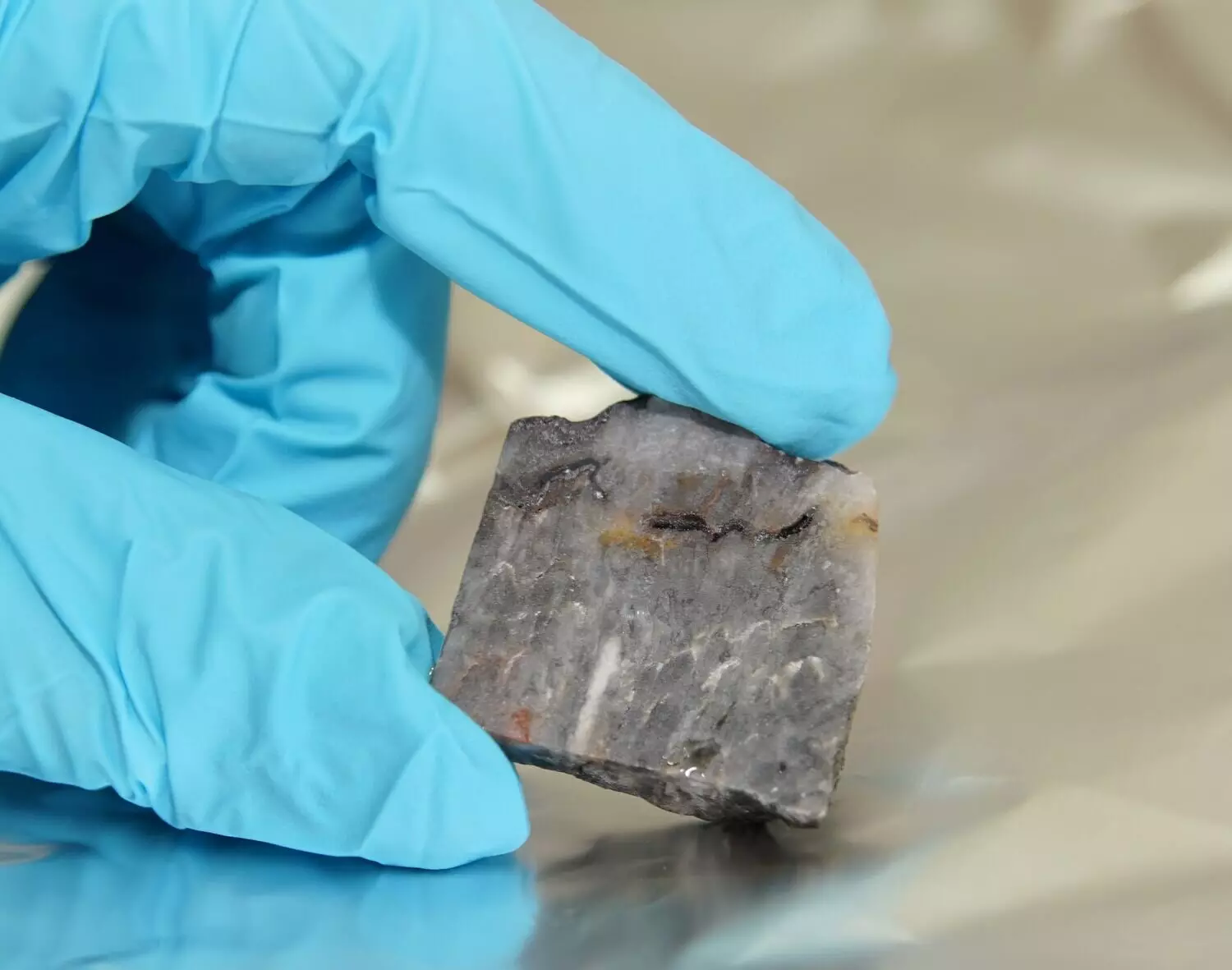Studying the first organisms on our planet requires a deep dive into the rocks of the early Earth. These rocks are rare and can only be found in a handful of locations around the world. One such site is the Pilbara Craton in Western Australia, where rocks dating back 3.5 billion years contain evidence of ancient microorganisms. A team of researchers from the University of Göttingen recently made significant discoveries about the formation and composition of this ancient biomass, offering valuable insights into Earth’s earliest ecosystems.
The researchers utilized cutting-edge techniques such as nuclear magnetic resonance spectroscopy (NMR) and near-edge X-ray Absorption Fine Structure (NEXAFS) to analyze carbonaceous particles within barium sulfate rocks. These high-resolution methods provided crucial information about the structure of microscopic particles, revealing their biological origin. It is believed that these particles were deposited as sediment in the basin of a volcanic caldera, a large hollow formed by volcanic activity. Some particles were also altered by hydrothermal waters below the volcano’s surface, indicating a complex history of sediment deposition.
By examining various carbon isotopes, the researchers were able to determine that different types of microorganisms thrived near the volcanic activity. These ancient organisms bore similarities to those found in modern Icelandic geysers and Yellowstone National Park’s hot springs. This groundbreaking study not only illuminates Earth’s distant past but also showcases the researchers’ innovative approach. Lena Weimann, the study’s lead author from Göttingen University’s Geosciences Centre, expressed excitement about combining multiple high-resolution techniques to unravel the history of organic particle deposition and their origins.
The findings from this research have profound implications for our understanding of early life on Earth and the development of ecosystems over billions of years. By piecing together the puzzle of ancient microorganisms and their habitats, scientists can gain valuable insights into the origins of life and the processes that shaped our planet. This study serves as a reminder of the delicate balance of life on Earth and the remarkable resilience of organisms in the face of changing environments.
Exploring the origins of ancient microorganisms on Earth is a fascinating journey that sheds light on the complex and interconnected nature of life on our planet. By delving into the depths of Earth’s past, researchers continue to uncover valuable clues about the evolution of life and the diverse ecosystems that have thrived throughout history.



Leave a Reply